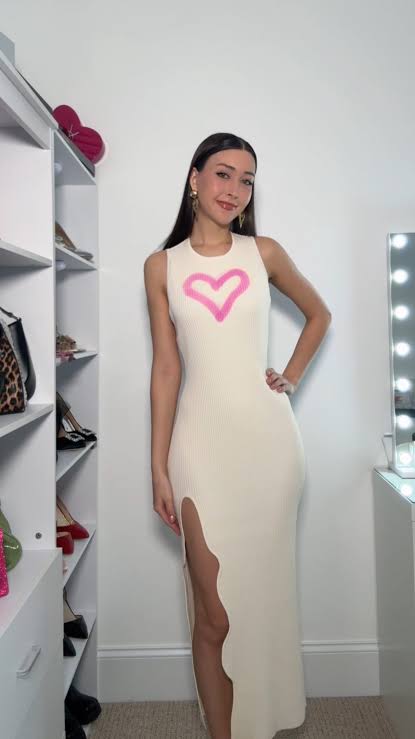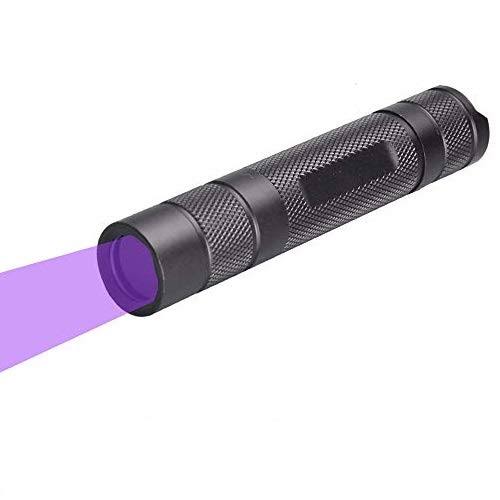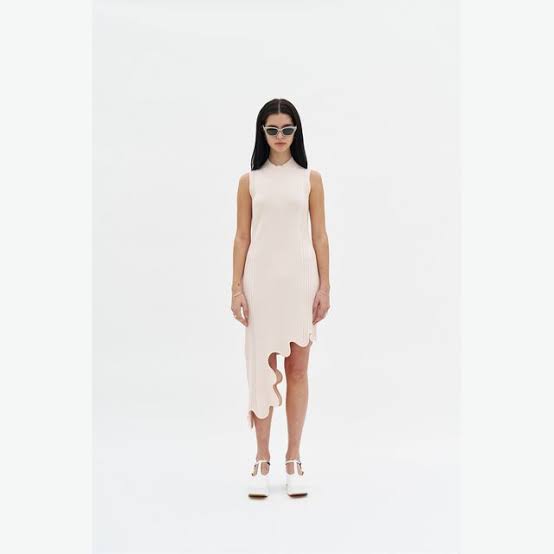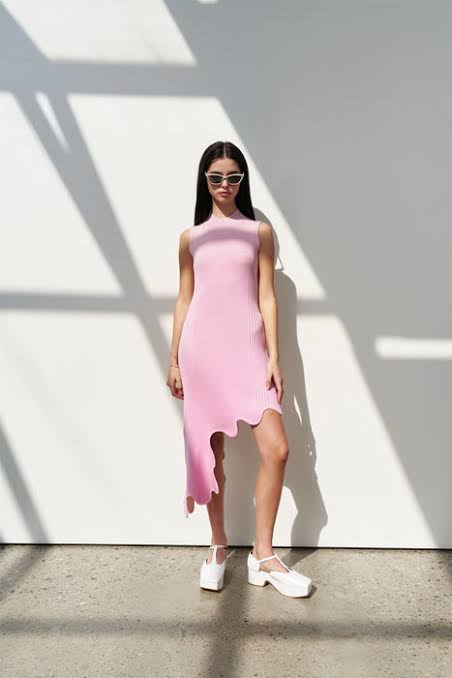The fashion industry is always on the lookout for innovative trends, and UV reactive dresses are the latest sensation capturing the imagination of designers and fashion enthusiasts alike. These dresses, which change color under ultraviolet light, offer a dynamic and eye-catching way to stand out. Here’s why UV reactive dresses are becoming a must-have in contemporary wardrobes.
What Are UV Reactive Dresses?


UV reactive dresses are garments designed with special dyes and materials that react to ultraviolet (UV) light. When exposed to UV light, such as sunlight or black lights, these dresses transform, revealing vibrant new colors and patterns. This technology allows wearers to enjoy a different look during the day and night, making them versatile and exciting additions to any fashion collection.

The Science Behind the Trend
The magic of UV reactive dresses lies in the use of photochromic and thermochromic dyes. Photochromic dyes change color when exposed to UV light, while thermochromic dyes react to temperature changes. Designers have cleverly incorporated these materials into fabrics, creating dresses that can dramatically change in appearance based on the wearer’s environment.
Why UV Reactive Dresses Are Gaining Popularity
- Unique Aesthetic Appeal: UV reactive dresses offer a unique, interactive fashion experience. They allow wearers to express their style dynamically, with outfits that transform in response to their surroundings.
- Versatility: These dresses are perfect for a variety of occasions. During the day, they might appear as elegant, understated pieces. Under UV light, such as at a nightclub or outdoor event, they burst into vibrant colors and patterns, providing a wow factor that turns heads.
- Sustainability: Some fashion brands are using UV reactive technology to create more sustainable clothing options. By offering a single dress with multiple looks, consumers can reduce the need for multiple garments, promoting a more sustainable fashion practice.


How to Style UV Reactive Dresses
Styling UV reactive dresses can be a fun and creative process. Here are a few tips:
- Day to Night Transition: Pair a UV reactive dress with a simple blazer or cardigan for a chic daytime look. As evening approaches, remove the outer layer to reveal the dress’s stunning transformation under UV light.
- Minimal Accessories: Let the dress be the star of the show. Opt for minimal accessories to avoid overshadowing the dramatic color changes of the UV reactive fabric.
- UV Accessories: Complement your UV reactive dress with UV reactive accessories, such as shoes, bags, or jewelry, for a cohesive and eye-catching ensemble.
Where to Buy UV Reactive Dresses
Several fashion brands are pioneering the UV reactive trend. Look for collections from forward-thinking designers and specialty fashion retailers who focus on innovative fabrics and sustainable practices. Online marketplaces and independent boutiques are also excellent places to find unique UV reactive pieces.
The Future of UV Reactive Fashion
As technology continues to evolve, we can expect even more innovative uses of UV reactive materials in fashion. Designers are exploring new ways to incorporate this technology into everyday wear, from casual outfits to haute couture. UV reactive dresses are not just a passing fad; they represent a significant step forward in the intersection of fashion and technology.

UV reactive dresses are revolutionizing the fashion landscape with their ability to change color and create dynamic looks. Whether you’re looking to make a bold statement at a party or simply want a versatile piece for your wardrobe, UV reactive dresses offer an exciting and stylish option. Embrace this trend and watch your fashion sense shine—literally.